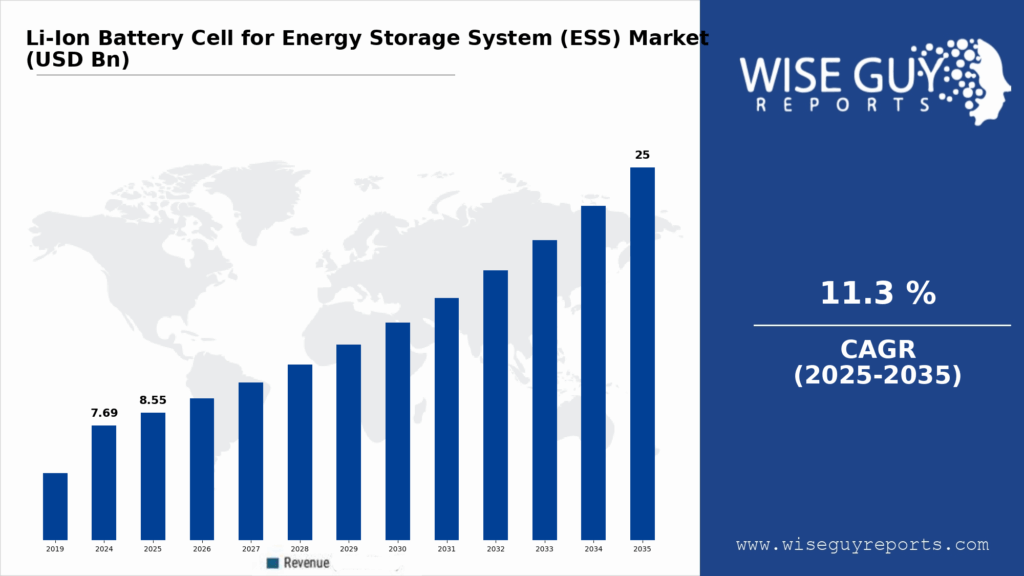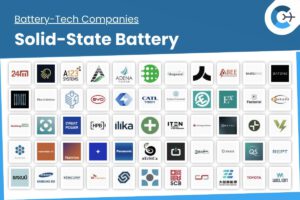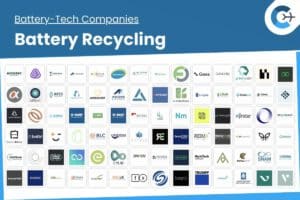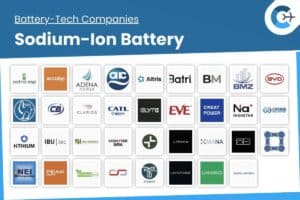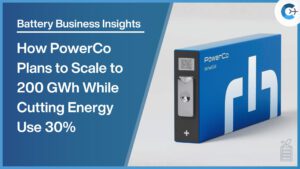A recent analysis projects the global market for lithium-ion battery cells used in energy storage systems (ESS) to reach USD 25.0 billion by 2035, expanding at a compound annual growth rate of 11.3% from 2025 to 2035. These large-format cells—optimized for calendar life, cycle stability and safety—are increasingly deployed in grid storage, frequency regulation and peak-shaving applications across utility and commercial sites.
Market expansion is driven by several factors. The global push for renewable energy integration underscores the need for efficient storage solutions to capture excess generation from solar and wind installations and release it during periods of high demand. Continued declines in lithium-ion cell costs, achieved through advanced manufacturing and economies of scale, have improved the economic viability of ESS projects at both utility and residential scales. Meanwhile, grid operators are relying on battery systems to maintain power quality and frequency stability as renewable penetration rises.
Supportive government policies and incentives around clean energy storage—particularly in North America, Europe, China and India—are further encouraging large-scale deployment. The synergy between electric vehicle battery production and stationary storage is helping manufacturers leverage shared technology platforms, driving down costs and accelerating innovation. In parallel, off-grid and remote power installations increasingly rely on lithium-ion ESS for uninterrupted power in areas without reliable grid connections.
Key technology advancements are shaping the market’s future. Improvements in battery chemistries—such as nickel-manganese-cobalt (NMC), lithium-iron-phosphate (LFP) and nickel-cobalt-aluminum (NCA)—are boosting energy density, safety and cycle life. Emerging solid-state designs promise higher capacities and faster charging, while advanced battery management systems enable real-time monitoring and predictive maintenance. Second-life electric vehicle batteries are also being repurposed for stationary applications, offering a cost-effective, sustainable storage option.
On a regional level, North America leads in grid-scale ESS projects, Europe is advancing under stringent decarbonization targets, and the Asia-Pacific region is expected to see the fastest growth, led by China’s dominant battery supply chain and expanding solar and wind programs. Latin America and the Middle East & Africa are ramping up storage installations to stabilize their growing renewable portfolios.
With continued corporate investment, regulatory support and innovation in materials, system design and recycling processes, the lithium-ion battery cell market for energy storage is poised for sustained growth as a cornerstone of the global transition to cleaner, more resilient energy infrastructure.
Source: Industry Today

